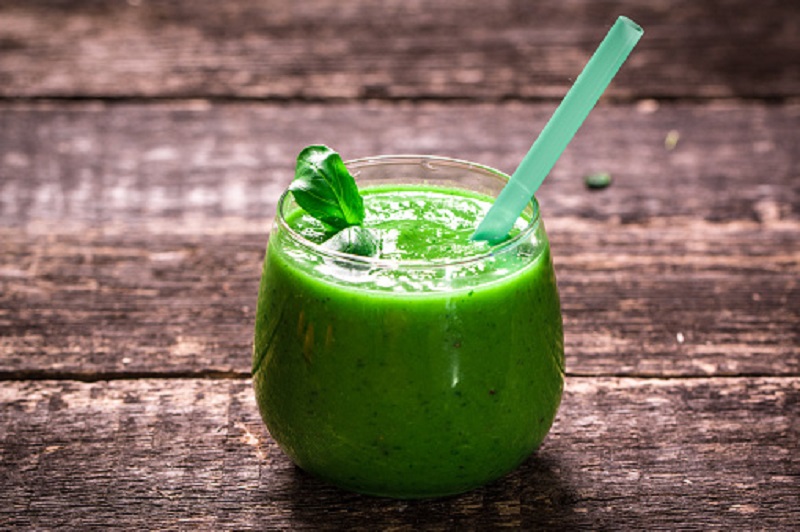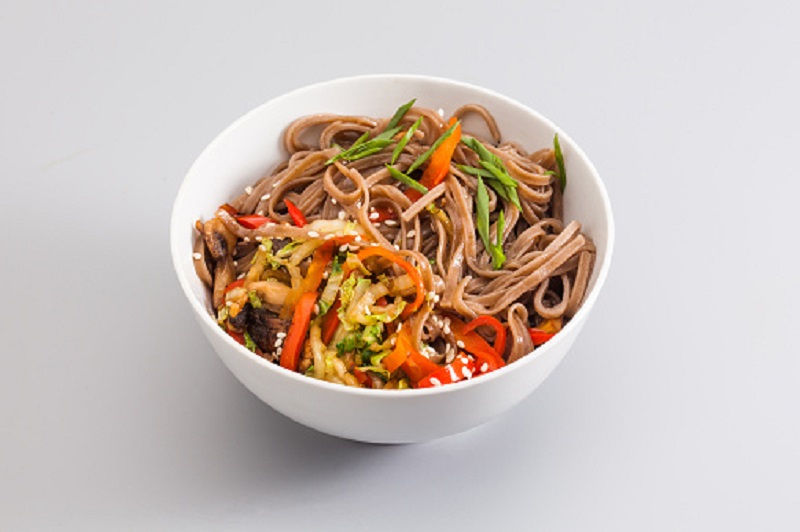Pound for pound, ginger must be the most powerful food. Just a couple of teaspoons can help knock out many minor health problems and even help defend you from more serious conditions. Ginger punches up the flavor of all kinds of dishes, turning ho-hum ingredients into food that delights your senses. Now here’s the kicker: Ginger is a Free Food on the Nutrisystem program, so you can enjoy it often and abundantly without slowing progress to your weight loss goal.
Check out the other countless benefits of ginger and how to include it in your meals and snacks:
Health Power
Ginger is the underground root of a leafy plant that’s native to Asia, where it has been used for centuries as both a traditional herbal remedy and a flavoring for food. More recently, researchers in the U.S. and around the world have been documenting the effects of ginger on human health.
Your mother may have given you ginger ale to soothe an upset stomach or other kinds of indigestion. She was right (as always): A wide variety of studies have shown that ginger relieves nausea caused by motion sickness and morning sickness, and it eases other gastrointestinal discomforts such as gas and diarrhea. It’s even been effective at helping to restore the appetites of people in treatment for cancer and HIV/AIDS, according to research published in the Journal of Medicinal Food.
RELATED: Why We’re So Sweet on Sweet Potatoes >
Arthritis—both rheumatoid and osteo—are painful, all too common afflictions that are accompanied by chronic inflammation. Daily consumption of ginger has diminished both the inflammation and the pain in clinical studies of people suffering from these conditions.
The spice also helps stabilize blood sugar levels, yet another one of the countless benefits of ginger. People with type-2 diabetes who consumed ginger daily for 12 weeks reduced their blood sugar, insulin and cholesterol levels, while those on a placebo did not, according to a study published in the International Journal of Food Sciences and Nutrition.
Nutrition Highlights
Now this might be one of the most amazing benefits of ginger: Five, half-inch slices (or less than a quarter cup) is enough to deliver all of these benefits, yet you get only nine calories and almost no sugar or fat. Ginger has trace amounts of many minerals, notably potassium and calcium. Still, the real bonus is that ginger adds lots of flavor and no unwelcome pounds.
Buyer’s Guide
You’ll find ginger roots in the produce department of the supermarket. Look for pieces with shiny, taut skin that’s thick and fibrous. Avoid any pieces with soft spots, which indicate that they’re no longer fresh.
A little ginger goes a long way, so you can take only as much as you want. If you see only big roots on the shelf, just break off a chunk. It should snap easily—if it doesn’t, the root is beginning to decay.
RELATED: Why You Need to Eat More Garlic >
Store fresh ginger in your refrigerator for a week or so. If you want to keep it longer, keep it in your freezer and take it out and grate it when you’re ready for it—no need to thaw it out first. Put it back in the freezer when you’re done.
In the spice aisle, you can pick up bottles of ground ginger, which keeps much longer. Its flavor is more concentrated than fresh, so you should use a quarter teaspoon of ground ginger for every teaspoon of fresh ginger that your recipe calls for. Steer clear of crystallized ginger, also known as candied or glace ginger. It’s been cooked in sugar water and rolled in sugar, so it’s full of excess calories.
Fresh Ideas
Before you use fresh ginger, you want to take a moment to peel off that tough skin. It’s a simple process, as you’ll see in this quick video >
You can use ginger in so many recipes, from breakfast to dessert—another one of the many benefits of ginger. Add a bit to your hot breakfast cereal to give it the flavor of ginger snap cookies. You can also use it to perk up the taste of dishes, smoothies, dressings and even desserts!
Spice up your menu and fight off unwanted sickness with these four recipes that include ginger:
1. Peachy Green Ginger Smoothie >
A rich, filling smoothie can be an energizing start to your day or fuel for a busy afternoon. This one brings together the sweetness of juicy peaches and the powerhouse nutrients of spinach, flavored with the zing of ginger.
2. Wasabi Ginger Salad Dressing >
The classic ingredients of Japanese cuisine—spicy wasabi, savory soy sauce and zesty ginger—dress your healthy salad with so much flavor but very few calories.
3. Ginger Soy Noodle Bowl >
Pass on takeout from the Asian noodle shop and instead whip up this quick and filling dish for your flex lunch or dinner. You get plenty of pasta to fill you up, the fresh vegetables you need, and the spunky flavor of ginger that makes takeout so appealing.
4. Gingerbread Freezer Fudge >
Yes, you can enjoy gingerbread and fudge without derailing your weight loss plan. This easy-to-prepare recipe makes a treat that will satisfy your craving for something sweet.
The post Superfood Saturday: Ginger the Great appeared first on The Leaf.




Comments
Post a Comment